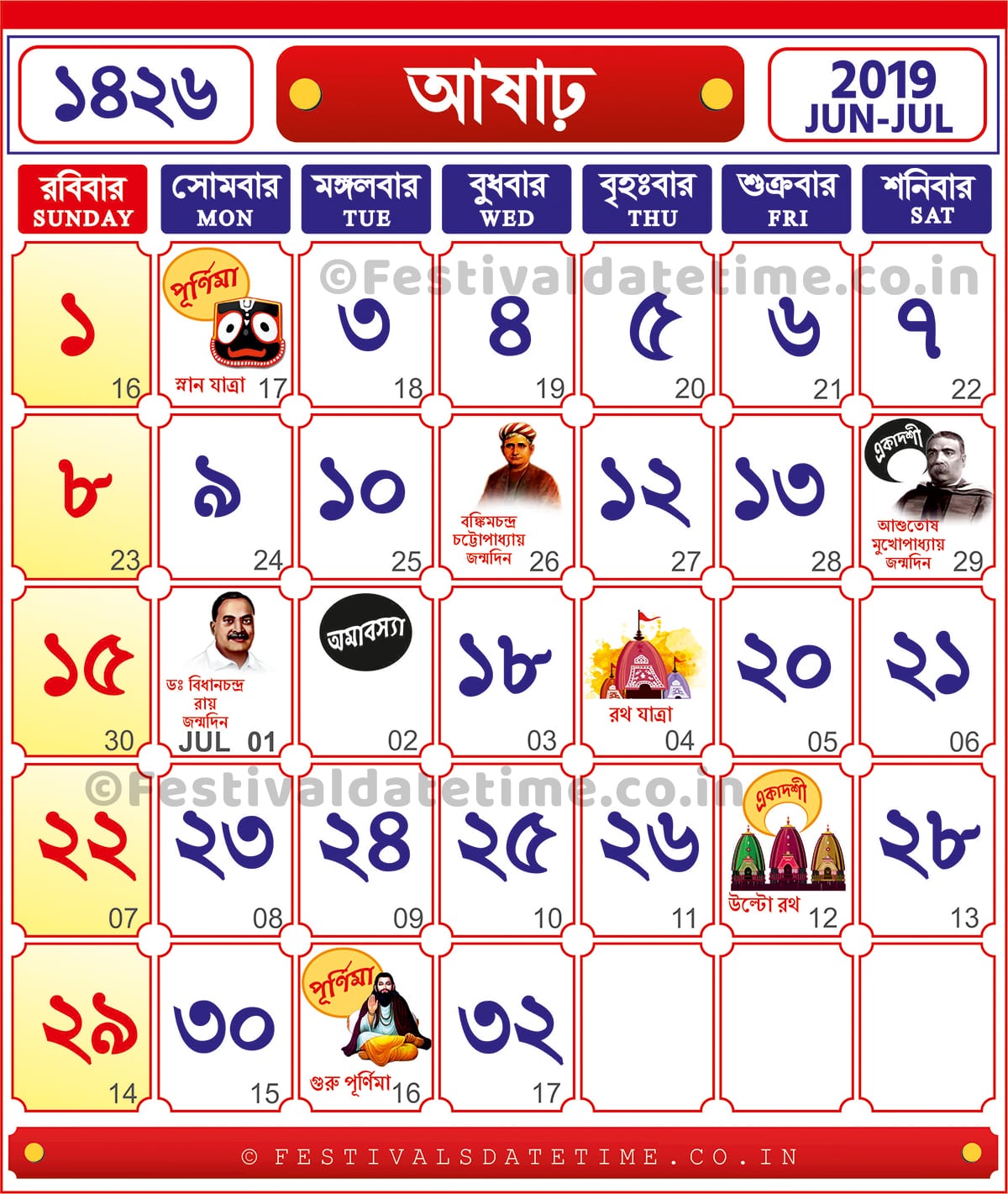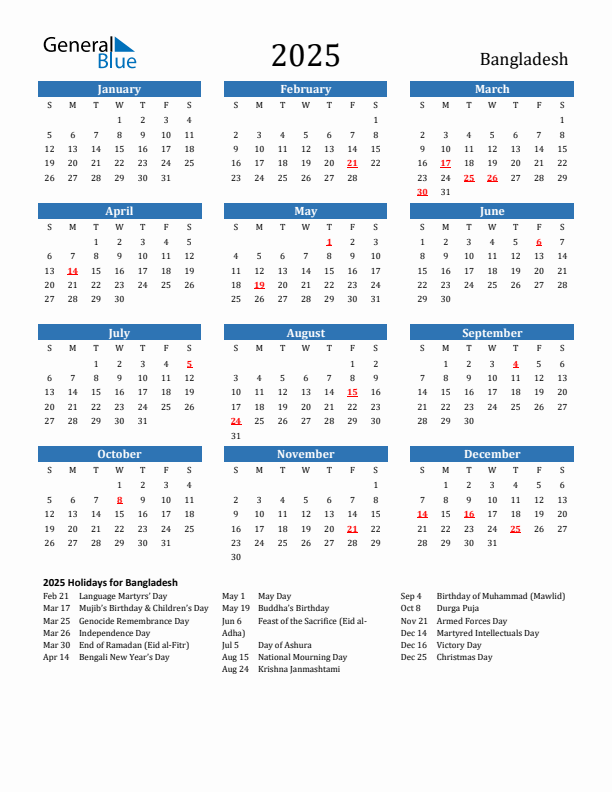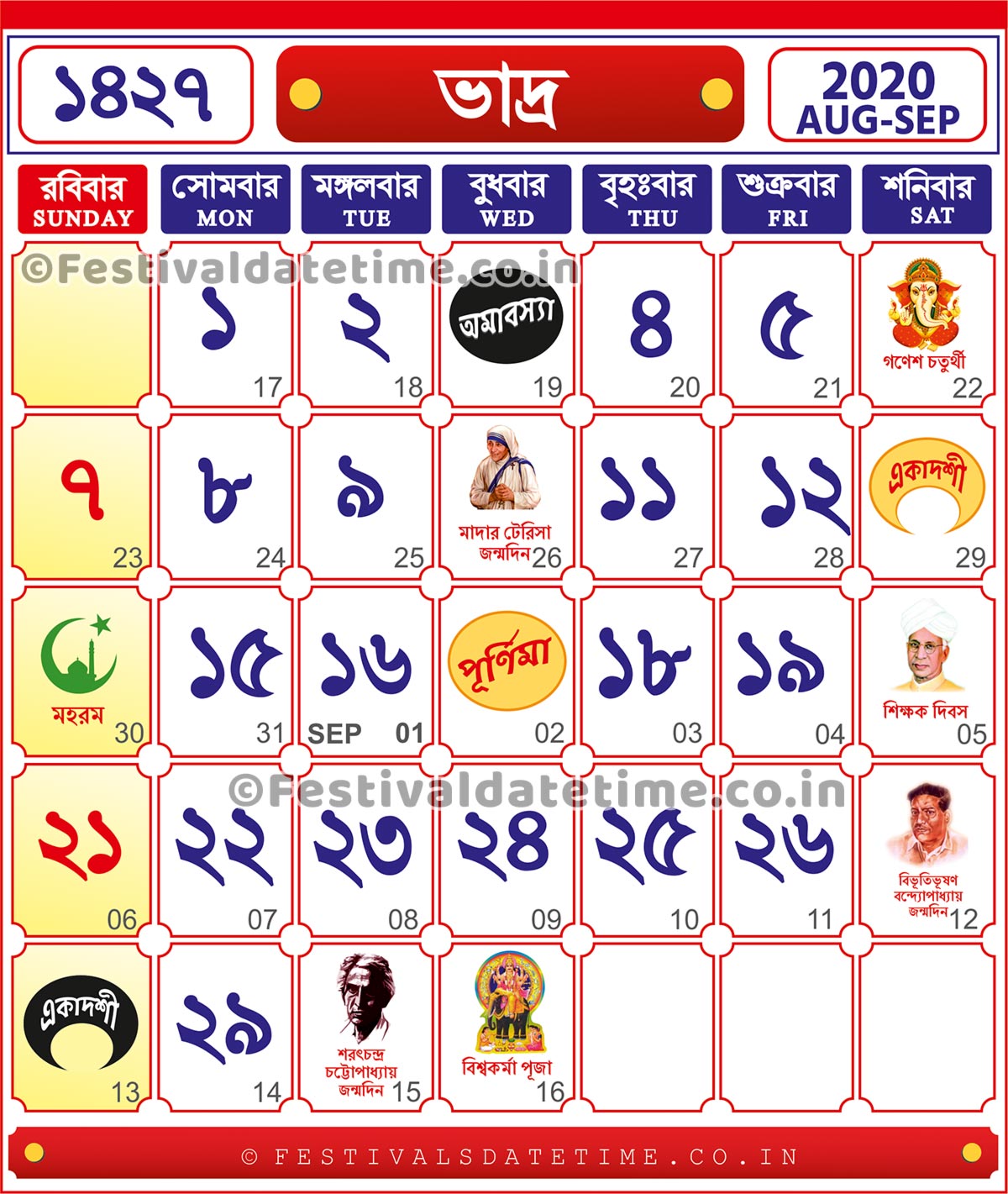Navigating Time: A Comprehensive Look at the 2025 January Calendar with Bengali Dates
Navigating Time: A Comprehensive Look at the 2025 January Calendar with Bengali Dates
Introduction
With enthusiasm, let’s navigate through the intriguing topic related to Navigating Time: A Comprehensive Look at the 2025 January Calendar with Bengali Dates. Let’s weave interesting information and offer fresh perspectives to the readers.
Table of Content
Navigating Time: A Comprehensive Look at the 2025 January Calendar with Bengali Dates

The 2025 January calendar with Bengali dates serves as a bridge between two distinct systems of timekeeping, offering a unique perspective on the passage of time. This calendar, a fusion of the Gregorian and Bengali calendars, is invaluable for individuals and communities who observe both systems, particularly those residing in regions where Bengali culture is prevalent.
Understanding the Calendar’s Structure
The calendar’s design is straightforward, incorporating both the Gregorian and Bengali date systems. Each day of the month is marked with the corresponding Gregorian date (e.g., January 1st, 2025) along with its equivalent Bengali date, expressed in the Bengali calendar’s format (e.g., 13th Pous, 1426 BS). This dual representation allows for seamless navigation between the two systems.
Importance and Benefits of the Calendar
The 2025 January calendar with Bengali dates holds significance for several reasons:
- Cultural Preservation: It serves as a tangible reminder of the rich heritage and traditions associated with the Bengali calendar. This calendar, deeply intertwined with cultural festivals, religious observances, and social customs, helps preserve and transmit this cultural heritage to future generations.
- Practical Utility: It facilitates a smooth integration of both calendar systems in daily life. For instance, it simplifies scheduling appointments, planning events, and understanding the timing of important cultural events.
- Educational Value: This calendar fosters an understanding of different timekeeping systems and their historical significance. It encourages exploration of cultural diversity and promotes intercultural awareness.
Exploring the Bengali Calendar
The Bengali calendar, also known as the Bangla calendar, is a lunisolar calendar, meaning it is based on both the lunar cycle and the solar year. It is closely linked to the Hindu calendar and uses the Saka era, with 1426 BS (Bengali Samvat) corresponding to 2025 AD.
Key Features of the Bengali Calendar:
-
Months: The Bengali calendar comprises 12 months, each named after a specific deity or natural phenomenon. These months are:
- Baishakh: The first month, symbolizing the beginning of the Bengali New Year.
- Jaishtha: The second month, associated with the rainy season.
- Ashar: The third month, known for its heavy rainfall.
- Shravan: The fourth month, dedicated to the god Shiva.
- Bhadra: The fifth month, marked by the beginning of the harvest season.
- Ashwin: The sixth month, associated with the autumn equinox.
- Kartik: The seventh month, known for its auspiciousness.
- Agrahayan: The eighth month, signifying the beginning of winter.
- Poush: The ninth month, the coldest month of the year.
- Magh: The tenth month, a time for religious festivals.
- Falgun: The eleventh month, associated with the spring equinox.
- Chaitra: The twelfth month, marking the end of the Bengali year.
- Days: The Bengali calendar uses a seven-day week, similar to the Gregorian calendar, with each day named after a specific deity or celestial body.
- Leap Year: The Bengali calendar incorporates a leap year cycle, adding an extra day to the month of Falgun every three years to align with the solar year.
Navigating the 2025 January Calendar
To effectively utilize the 2025 January calendar with Bengali dates, it is crucial to understand the relationship between the two calendar systems.
- Month Alignment: The Bengali month of Poush corresponds to the Gregorian month of January. Therefore, the 2025 January calendar will display the Bengali dates from the 13th Poush to the 12th Magh.
- Date Conversion: To convert a Gregorian date to a Bengali date, consult the calendar directly. For instance, January 15th, 2025, corresponds to the 27th Poush, 1426 BS.
FAQs on the 2025 January Calendar with Bengali Dates
Q: What is the significance of the Bengali calendar?
A: The Bengali calendar holds deep cultural and religious significance, playing a central role in Bengali festivals, rituals, and social customs.
Q: How does the Bengali calendar differ from the Gregorian calendar?
A: The Bengali calendar is a lunisolar calendar, while the Gregorian calendar is a solar calendar. This difference results in variations in the length of the year and the alignment of months.
Q: Where is the 2025 January calendar with Bengali dates available?
A: This calendar is widely available online and can be found through various websites and resources dedicated to Bengali culture and calendars.
Tips for Using the 2025 January Calendar with Bengali Dates
- Familiarize yourself with the Bengali months and their corresponding Gregorian dates.
- Use the calendar to plan events and appointments that align with both calendar systems.
- Learn about the significance of the Bengali calendar and its connection to Bengali culture.
Conclusion
The 2025 January calendar with Bengali dates offers a valuable tool for navigating time across two distinct cultural traditions. It serves as a bridge between the Gregorian and Bengali calendar systems, fostering cultural understanding and promoting the preservation of Bengali heritage. By understanding the structure and significance of this calendar, individuals can enrich their cultural awareness and navigate the complexities of timekeeping with greater ease.








Closure
Thus, we hope this article has provided valuable insights into Navigating Time: A Comprehensive Look at the 2025 January Calendar with Bengali Dates. We thank you for taking the time to read this article. See you in our next article!